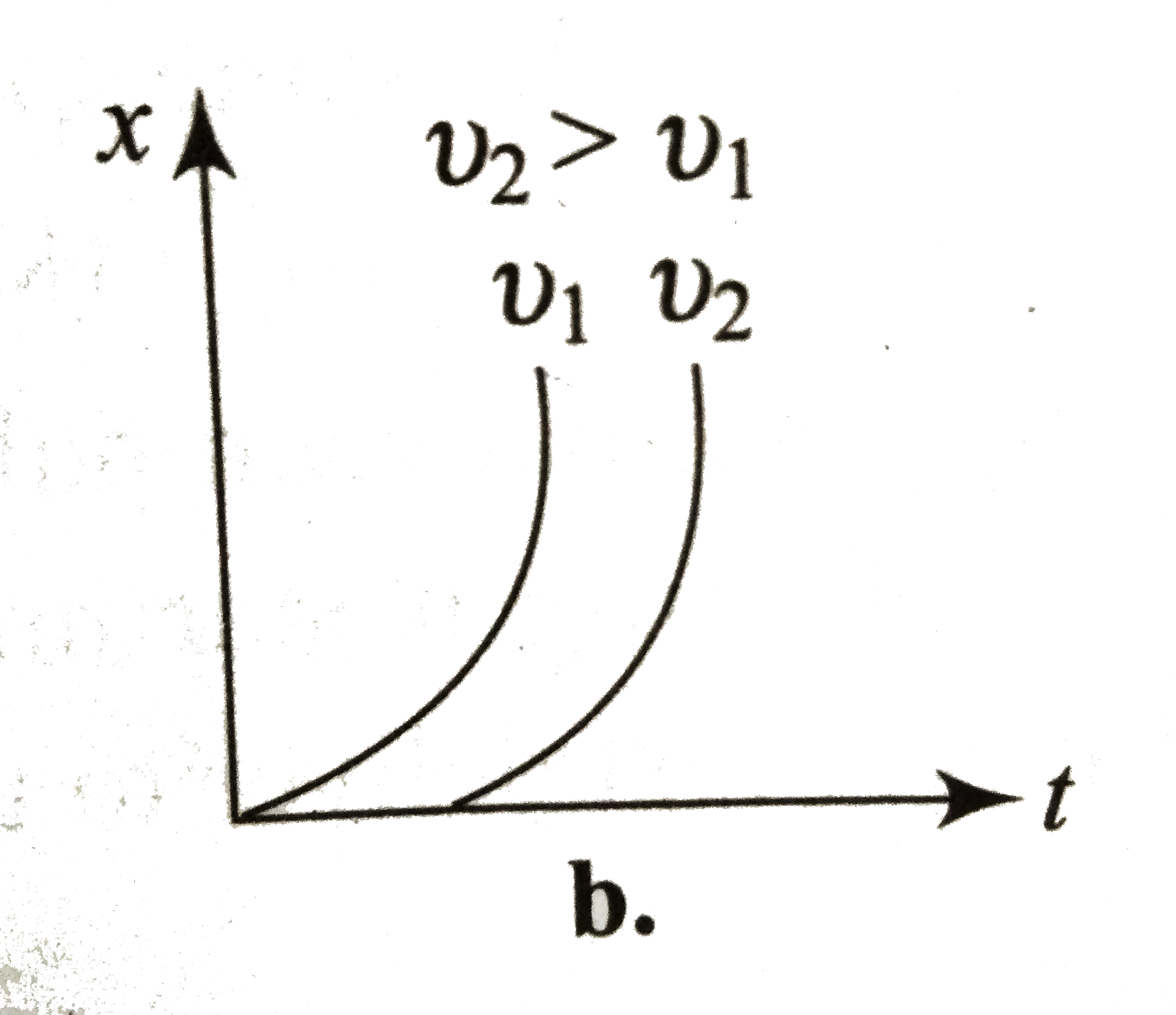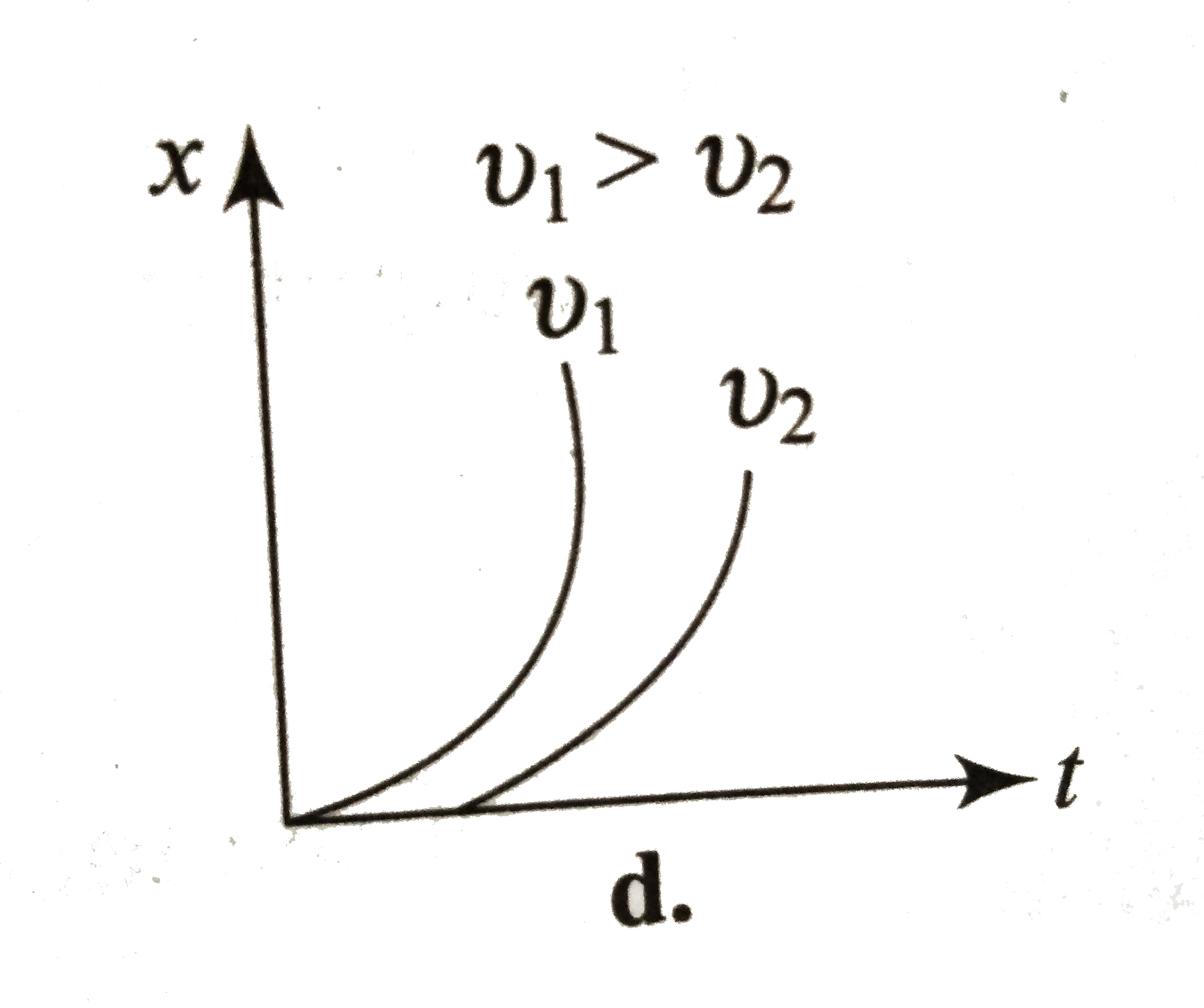A phot of energy hυ is absorbed by a free electron of a metal having work function ϕ<hυ
The electron is sure to come out
The electron is sure to come out with a kinetic energy hv−Ψ
Either the electron does not come out or it comes out with a kinetic energy hv−Ψ
It may come out with a kinetic energy less than hv−Ψ
Step by step video & image solution for A phot of energy h upsilon is absorbed by a free electron of a metal having work function phi lt h upsilon by Physics experts to help you in doubts & scoring excellent marks in Class 12 exams.
Updated on:21/07/2023Topper's Solved these Questions
- PHOTOELECTRIC EFFECT AND MATTER WAVESBook:PHYSICS GALAXY - ASHISH ARORAChapter:PHOTOELECTRIC EFFECT AND MATTER WAVESExercise:Numerical MCQs
Explore 60 Videos
- PHOTOELECTRIC EFFECT AND MATTER WAVESBook:PHYSICS GALAXY - ASHISH ARORAChapter:PHOTOELECTRIC EFFECT AND MATTER WAVESExercise:Advance MCQ
Explore 28 Videos
- PHOTOELECTRIC EFFECT AND MATTER WAVESBook:PHYSICS GALAXY - ASHISH ARORAChapter:PHOTOELECTRIC EFFECT AND MATTER WAVESExercise:Discussion question
Explore 50 Videos
- NUCLEAR PHYSICS AND RADIOACTIVITYBook:PHYSICS GALAXY - ASHISH ARORAChapter:NUCLEAR PHYSICS AND RADIOACTIVITYExercise:Concptual MCQs
Explore 48 Videos
- THERMODYNAMICS LAWS & SPECIFIC HEATS OF GASES Book:PHYSICS GALAXY - ASHISH ARORAChapter:THERMODYNAMICS LAWS & SPECIFIC HEATS OF GASES Exercise:Practice Exercise 3.4
Explore 11 Videos
Similar Questions
In H-atom energy of electron is datermined by :
View SolutionIn a phtoelectron effect energy of photon is directly proportional to the frequency and photons are totally absorbed by the electrons of metals then frequency and photons are totally absorbed by the electrons of metals then photoelectric current is:
View Solution
Knowledge Check
A photon of energy hv is absorbed by a free electron of a metal having work- function ϕ<hv. Choose the correct option(s).
ANumber of electrons coming out depends on magnitude of v .BThe electron is sure to come out with a kinetic energy hv−ϕCEither the electron does not come out or it comes out with a kinetic energy hv−ϕDIt may come out with a kinetic energy less than and equal to hv−ϕA when a photon of energy hv is incidnet on an electron in a metal of work function ϕ(<hv) , the electron will not necesserily come out of the metal .
R : work function is the minimum energy required to liberate an electron out of a metal . So some electons may require more energy for their liberation .AIf both Assertion & Reason are ture and the reason is the correct explanation of the assertion , then mark (1) .BIf both Assertion & Reason are true but the reason is not the correct explanation of the assertion , then mark (2) .CIf Assertion is true statement but Reason is false , then mark (3)DIf both Assertion and Reason are false statements , then mark (4) .
Light having photon energy hυ is incident on a metallic plate having work function ϕ to eject the electrons. The most energetic enectrons are then allowed to enter in a region of uniform magnetic field B as shown in Fig. The electrons are projected In X-Z plane making an angle θ with X-axis and magnetic field is →B=B0ˆi along X-axis maximum pitch of the helix described by an electron is found to be p. Take mass of electron as m and charge as q. Based on the above information, answer the following questions:
Q. The plot between X-coordinate of the location of electron as a function of time for different frequencies υ of the incident light isA B
B C
C D
D
The light rays having photons of energy 1.8eV are falling on a metal surface having a work function 1.2eV. What is the stopping potential to be applied to stop the emitting electrons ?
View SolutionA photon of energy 7 eV is incident on a metal surface having the work function of 3.75 eV. What is the stopping potential ?
View SolutionA beam of light of wavelength λ is incident on a metal having work function ϕ and placed on a metal having work function ϕ and placed in a magnetic field B. The most energetic electrons emitted perpendicular to the field are bent in circular arcs of radius R. Then
View SolutionThe thereshold wavelenght for a metal of work function W0 is λ. The threshold wavelenght for a metal having work function 3W0 will be
View SolutionLight of wavelength 4000Å is allowed to fall on a metal surface having work function 2 eV. The maximum velocity of the emitted electrons is
(h=6.6×10−34Js)
View Solution

